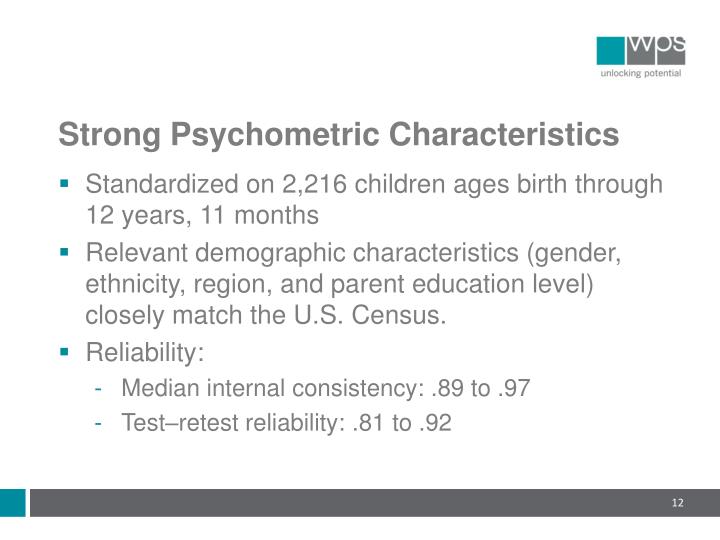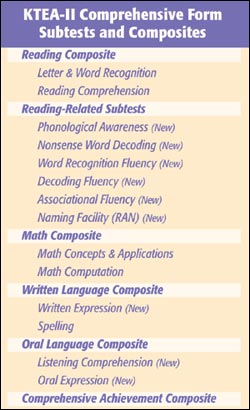Part 3 of “What Do These Test Scores Mean?” will focus on understanding academic achievement testing.
- Essentials of WIAT-III and KTEA-II Assessment provides that up-to-date information and includes rich information beyond what is available in the tests' manuals. An entire chapter is devoted to illustrative case reports to exemplify how the results of the WIAT-III and KTEA-II can be integrated with an entire battery of tests to yield a thorough.
- The Borderline range is 70-79. Essentials of WIAT(r)-II and KTEA-II Assessment provides the definitive guide to administering, scoring, and interpreting the WIAT(r)-II and the KTEA-II. When the scores are well below measured cognitive potential, it may signify a if other factors are present.
- Kaufman Test of Educational Achievement Second Edition (KTEA™-II) is an individually administered battery for in-depth assessment and evaluation of key academic skills. KTEA-II also measures progress or response to intervention and supports the identification of.

Academic achievement tests measure specific academic skills compared to other children at the same grade or age level. They focus on Broad Reading, Writing, Math, and Oral Language skills and also different aspects of the broad areas. Within the Reading domain, there will typically be a task measuring comprehension, a task measuring reading fluency, a task measuring site word recognition, and a task measuring decoding. Math is typically broken down into computations, fluency, and a task measuring mathematical reasoning. Within the Writing domain, there will be a task measuring spelling, writing fluency, and the ability to express oneself through writing. The testing occurs in an individualized setting with a test examiner and the student. The examiner will help the student stay focused and complete the tasks, but will not provide assistance on test items.
Ktea Ii Scoring Guide
. The KTEA–3 Comprehensive Form represents a substantial revision of the KTEA–II including:. Updated norms. Four(4) new subtests. Revised subtests with new items and improved content coverage. Updated artwork. Simplification of administration procedures to enhance the user friendliness of the test. The KTEA consists of 3 subtests reading, writing, and math. One of the reasons the KTEA is a great assessment to use with students is because it is extremely reliable and valid with a reliability coefficient of.9 and a validity of.6. The KTEA is also easy to use with instruction prompts for the person administering the test.
Unlike classroom assessments that measure a specific skill that has just been taught, these tests measure basic academic skills. A student’s performance will be compared to other children of the same age. If your child just turned 9, his performance will be compared to others who just turned 9 in the standardized sample. The test measures the level of skills that have been acquired compared to “typical” 9 year olds. Like other standardized tests, achievement tests have also been normed with a standardized sample of children of all ages to develop a range of typical scores. Scores between 90-109 are typically the Average range and consist of the level of skills acquired by most children. 100 is the Mean and the farther away from 100 the score is, the more atypical. In a regular education classroom the majority of students would score in the Average range, Low Average range (80-89), or High Average range (110-119).

Typically, a student’s academic achievement scores will be quite similar to the cognitive ability scores. When the scores are well below measured cognitive potential, it may signify a Learning Disability if other factors are present. However, there are a variety of reasons that cause academic achievement to be discrepant from cognitive abilities.


Some of the most common tests of academic achievement:
-Wechsler Individual Achievement Test, Second Edition (WIAT-II)
-Woodcock Johnson, Tests of Achievement, Third Edition (WJ-III)
-Kaufman Test of Educational Achievement, Second Edition (KTEA-II)
Ktea Ii Scoring Manual Answers
See also:
What Do These Scores Mean? – Cognitive Assessments
What Do These Scores Mean? – Behavior Rating Scales